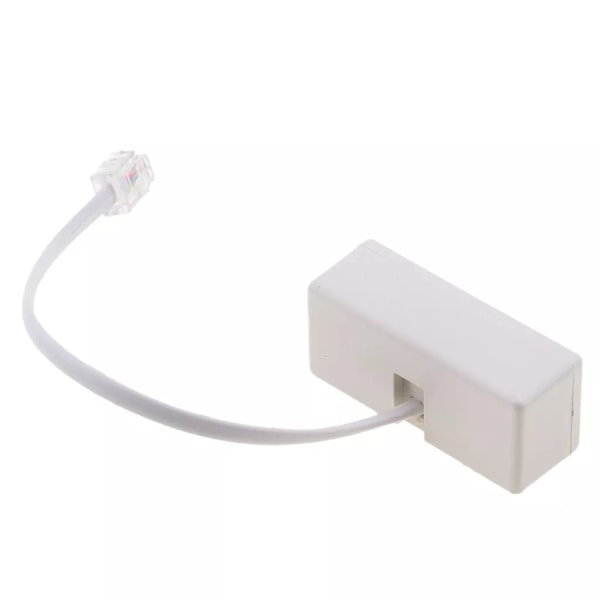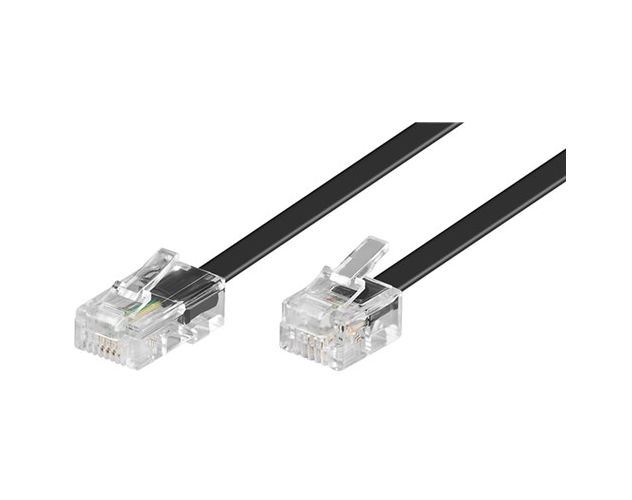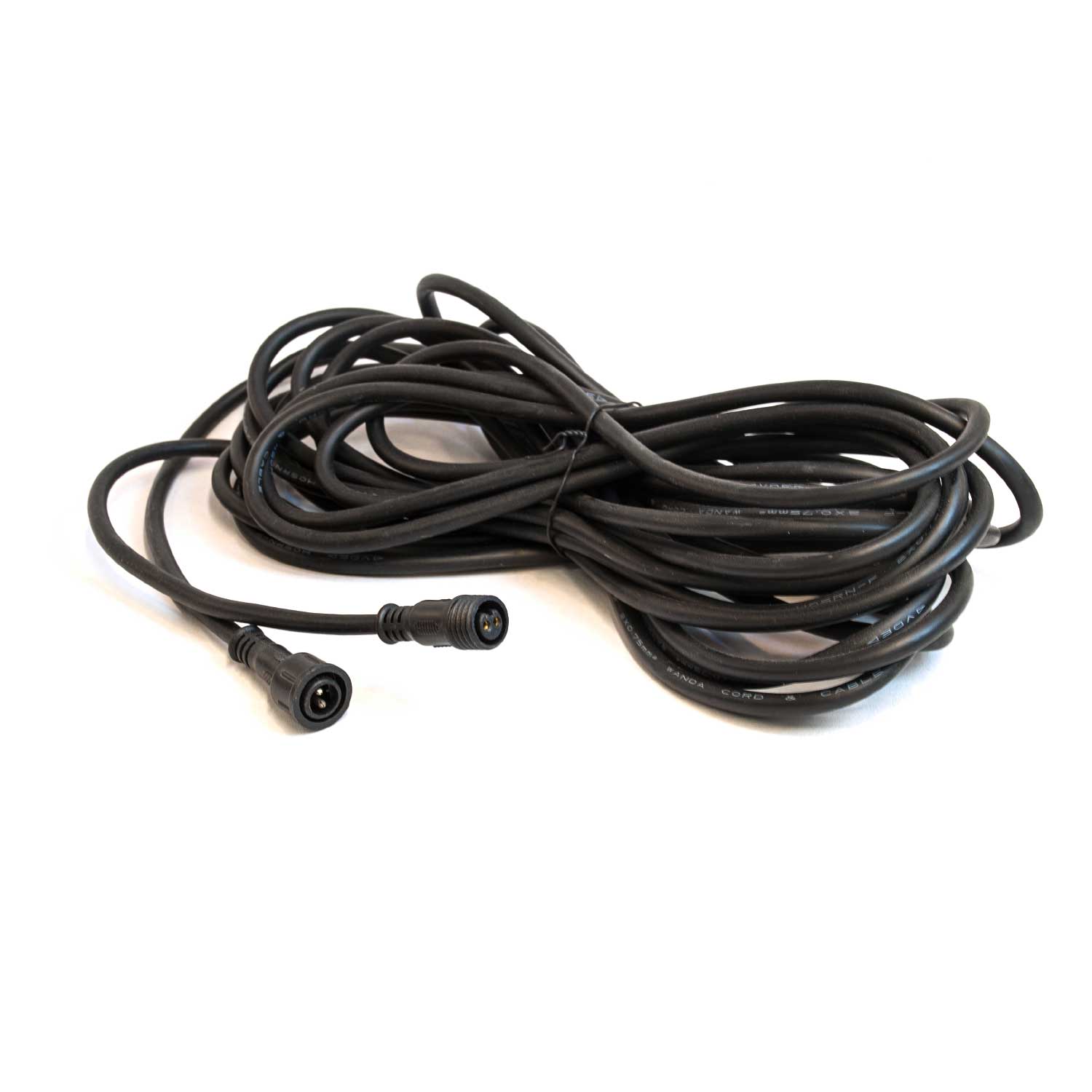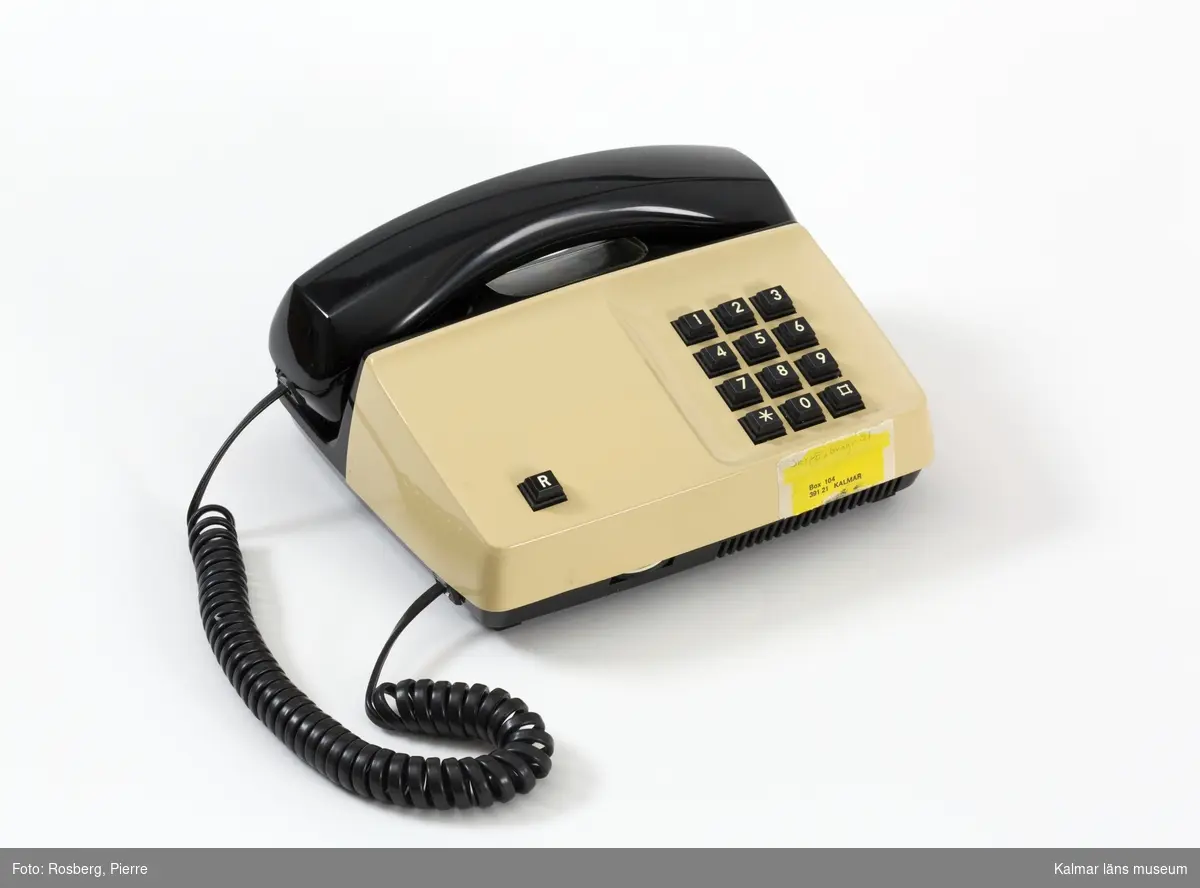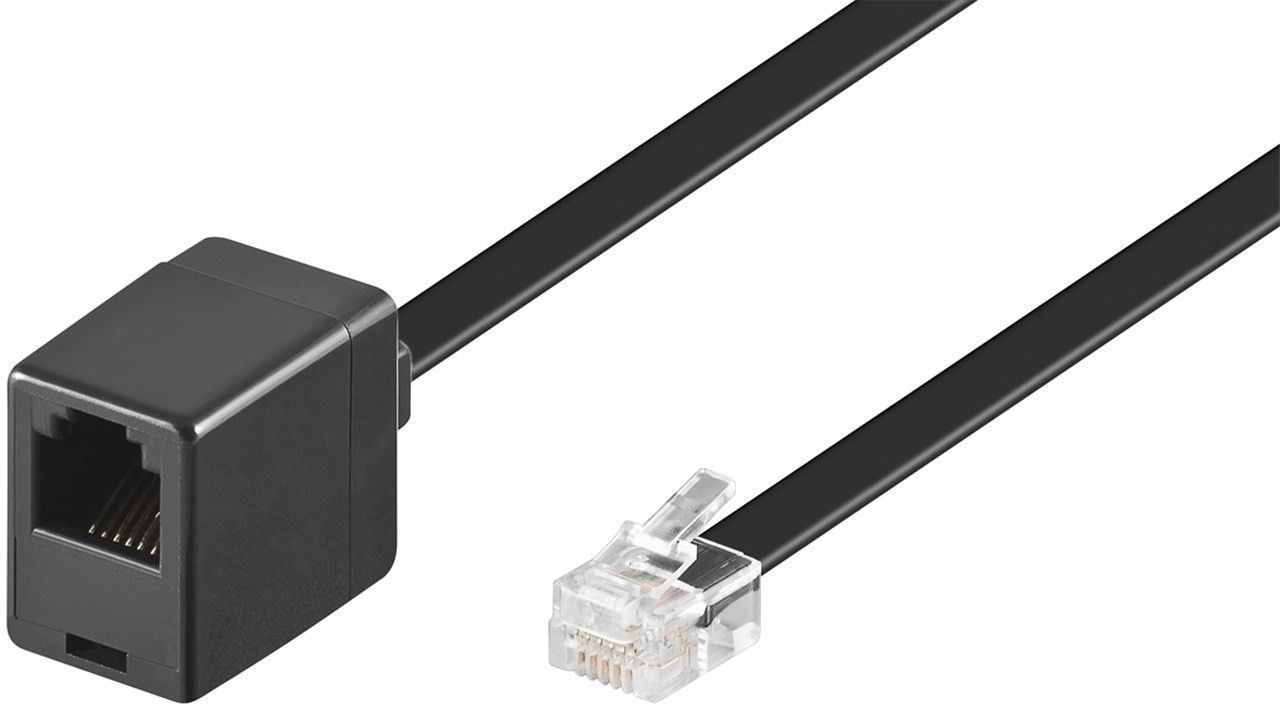
RJ11 till RJ11 kabel 5 ft, NEORTX 1,5 meter telefonsladd telefonlinje förlängningssladd kabel kabel hane till hane RJ11 6P4C modulär kontakt för fast telefon faxmaskin (svart) : Amazon.se: Elektronik
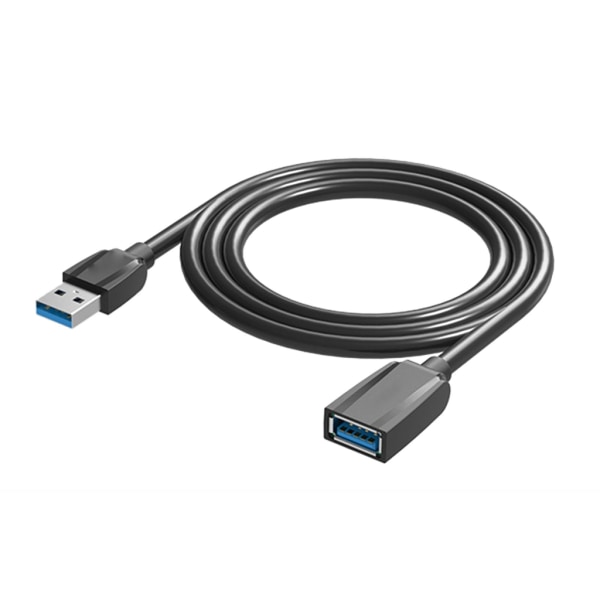
USB3.0 förlängningssladd 0,5 m/1 m/1,5 m/2 m/3 m hane till hona förlängare för telefonmus 1m b598 | 1m | 0.06 | Fyndiq

MUSISALY 5 St Förlängningssladd För Fast Telefon Förlängningssladd Kabel Förlängningssladd Adapter Rj11 Hane Till Dubbel Hona Förlängningssladd Splitter Fast Telefon Omvandlare Telefon : Amazon.se: Elektronik

Gaoominy RJ9 4P4C hane till dubbel hona portar kontakt telefonadapter kabel telefon förlängningssladd : Amazon.se: Elektronik

25 fot svart telefon förlängningssladd kabel kabel kabel med standard RJ-11-pluggar : Amazon.se: Elektronik

Rj9 4p4c hane till dubbla honportar kontakt telefon adapter kabel telefon telefon förlängningssladd ft | Fruugo SE

Telefonkabel till manlig modulär telefon förlängning blykabelkabelkabel, telefonkabel med standard Rj11-kopplingsband | Fruugo SE
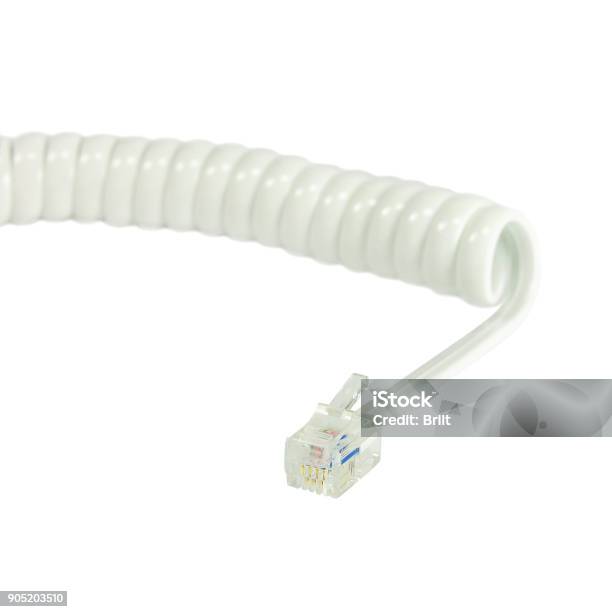
Vit Frånkopplad Telefonluren Förlängningssladd Lockigt Spole Lågnivåkabel Spiral Tråd Isolerade 4p4c Rj22 Kontakt Jack Fasta Businessphone Urkoppling Konceptet Metafor Stora Detaljerade Makro Närbild Kopia Utrymme-foton och fler bilder på Använda telefon -

BT telefon till modem RJ11-kabel 2 tråd vit förlängningssladd för modem, fax, uppringning, himmel telefon från G-PLUG 10m Vitt : Amazon.se: Elektronik
![Basetech Telefon Förlängningskabel [1x TAE-F-stiftdon - 1x TAE-F-koppling] 10.00 m Svart | Conrad Electronic Basetech Telefon Förlängningskabel [1x TAE-F-stiftdon - 1x TAE-F-koppling] 10.00 m Svart | Conrad Electronic](https://asset.conrad.com/media10/isa/160267/c1/-/sv/922703_BB_00_FB/image.jpg)

![Hama Telefon Förlängningskabel [1x RJ11 hane - 1x RJ11 hona] 6 m Svart | Conrad Electronic Hama Telefon Förlängningskabel [1x RJ11 hane - 1x RJ11 hona] 6 m Svart | Conrad Electronic](https://asset.conrad.com/media10/isa/160267/c1/-/sv/002526522PI00/image.jpg?x=400&y=400&format=jpg&ex=400&ey=400&align=center)
